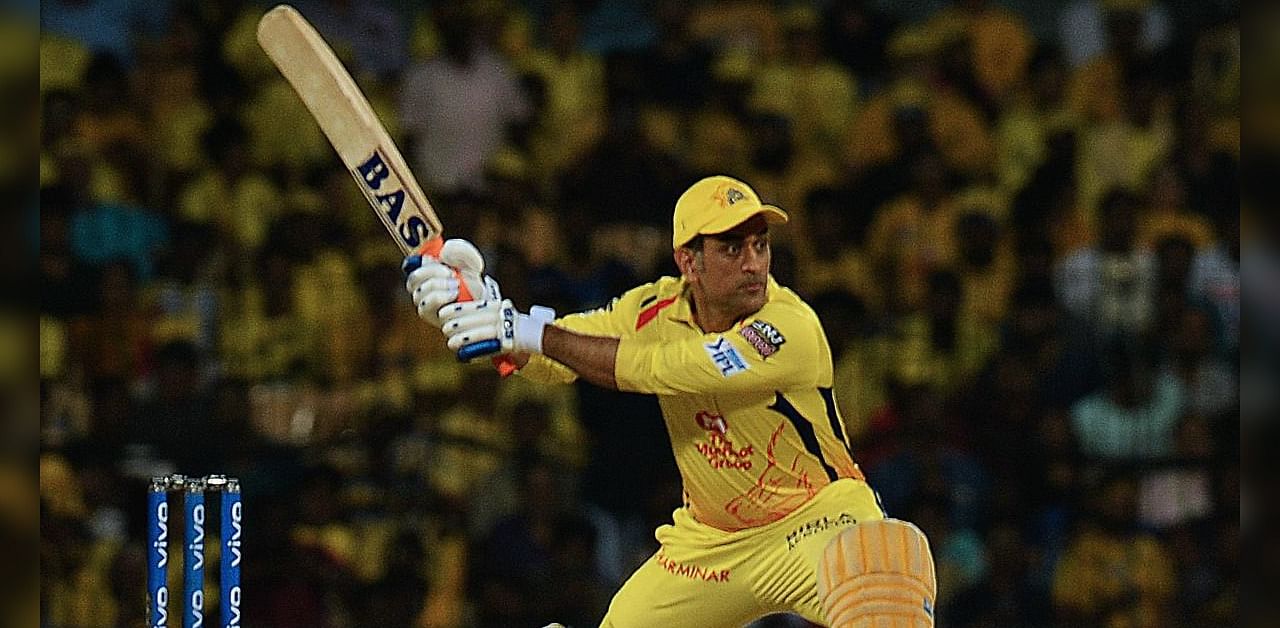
Light-headed with anticipation for more than six months, the Indian cricket fan became an irrevocable T20 convert when the Indian Premier League exploded into collective consciousness in April 2008.
Even as Mahendra Singh Dhoni’s young band was unexpectedly charting a glorious path at the inaugural World T20 title in South Africa in September 2007, the BCCI formally launched the IPL in the national capital. Frenzied preparations came to a heady climax at the Chinnaswamy Stadium in Bengaluru on April 18, 2008, when Brendon McCullum’s turbo-charged unbeaten 158 decimated the stuttering jalopy that was the Royal Challengers Bangalore. As opening statements went, it was immaculately powerful.
The coming together of the country’s glamour enterprises – cricket and Bollywood – ensured that even when the tournament wasn’t on its annual pilgrimage, it was always in the news. The heady mix of cricket and entertainment was a winning combination, though given the very volatility of that association and the format itself, it was inevitable that controversies wouldn’t be far away.
From Harbhajan Singh’s unseen slap that reduced S Sreesanth to tears, to Shahrukh Khan’s ban from the Wankhede Stadium for assaulting a member of the security staff; from the ban on a host of Rajasthan Royals players, Sreesanth included, for spot-fixing to the two-year suspension of Chennai Super Kings and the Rajasthan franchise owing to the betting activities of their respective co-owners, each season of the high-profile tournament threw up at least one flashpoint. Not necessarily because of that alone, the IPL became a convenient punching bag, every malaise from global warming to worldwide poverty dumped at its doorstep.
IPL’s real successes
The IPL isn’t a perfect product – what is, really? – but as it stands on the cusp of an uninterrupted 13th season, it’s not hard to see that for all its blemishes, it has long established itself as the engine room of Indian cricket. Perhaps because of its pre-eminence in the cricketing landscape, it’s become a platform open to being conveniently hijacked for various ‘causes’. Be that as it may, its status as the catalyst for the excellent health of the sport in the country remains unquestionable.
Many of the gains are tangible, such as the experience gained by young Indian hopefuls who would otherwise never have been exposed to the expertise and wisdom of global superstars, or to the pressures of playing under lights in front of packed, baying crowds unless they graduated to representing the country. While it will be fanciful to term the likes of Jasprit Bumrah, Ravindra Jadeja and Hardik Pandya as ‘products’ of the IPL, there is no denying that their ascent to the next grade was fast-tracked because of their consistently eye-catching exploits in the 20-over blast-off.
Increased remuneration and graded national contracts for India internationals, men and women, as well as enhanced match fees for the hundreds who ply their wares at the domestic level, are a direct consequence of the millions of dollars the IPL attracts through sponsorship and broadcast deals.
Significantly augmenting the revenue generated by the BCCI through sale of like rights for international action, it has facilitated substantial one-time payments as well as not insignificant monthly pensions for former national and state cricketers. All this, in addition to the livelihood it provides thousands each year who are associated with the sport in some shape or form – from the vendor at match venues to the cobbler outside Chepauk who redresses malfunctioning footwear of a majority of the Chennai Super Kings protagonists.
Beyond these obvious ramifications of improved cricketing skill-sets and awareness, and financial windfall, there are other less-celebrated developments. Not least among those is the spawning of high-class infrastructure across the length and the breadth of the country designed to ensure that the emergence of a Dhoni or Bijapur girl Rajeshwari Gayakwad is no longer a novelty.
Financial resources have triggered a robust structure of self-sufficiency in coaching, strength and physical conditioning, sports and mental health science, injury-prevention and management, nutrition and data analytics. It’s not enough to have just the vision, a blueprint and expertise. If India are now in a position to translate those visions into reality, and to conduct hundreds of senior and age-group matches annually for men and women, everyone knows what’s made that possible.
Three weeks before Season 13, the IPL witnessed its first slice of drama, with 13 members of the extended CSK entourage testing positive for Covid-19, and batting mainstay Suresh Raina hurriedly returning home for ‘personal reasons’ – though there is more to it than meets the eye. Over the next seven-and-a-half weeks, the tournament in the UAE will be scrutinised minutely, given the circumstances under which it is being staged. Fortunately for the tournament itself, the IPL loves the attention; if anything, it thrives on it.
(R Kaushik is a Bangalore-based cricket writer with nearly three decades of experience)
Disclaimer: The views expressed above are the author’s own. They do not necessarily reflect the views of DH.